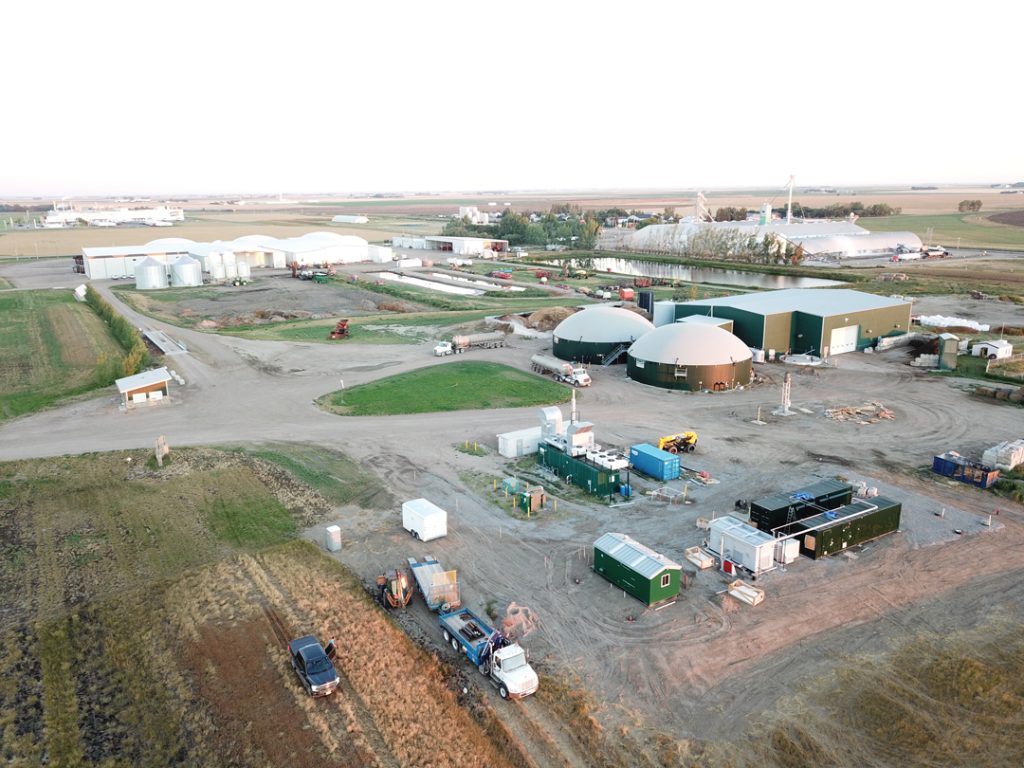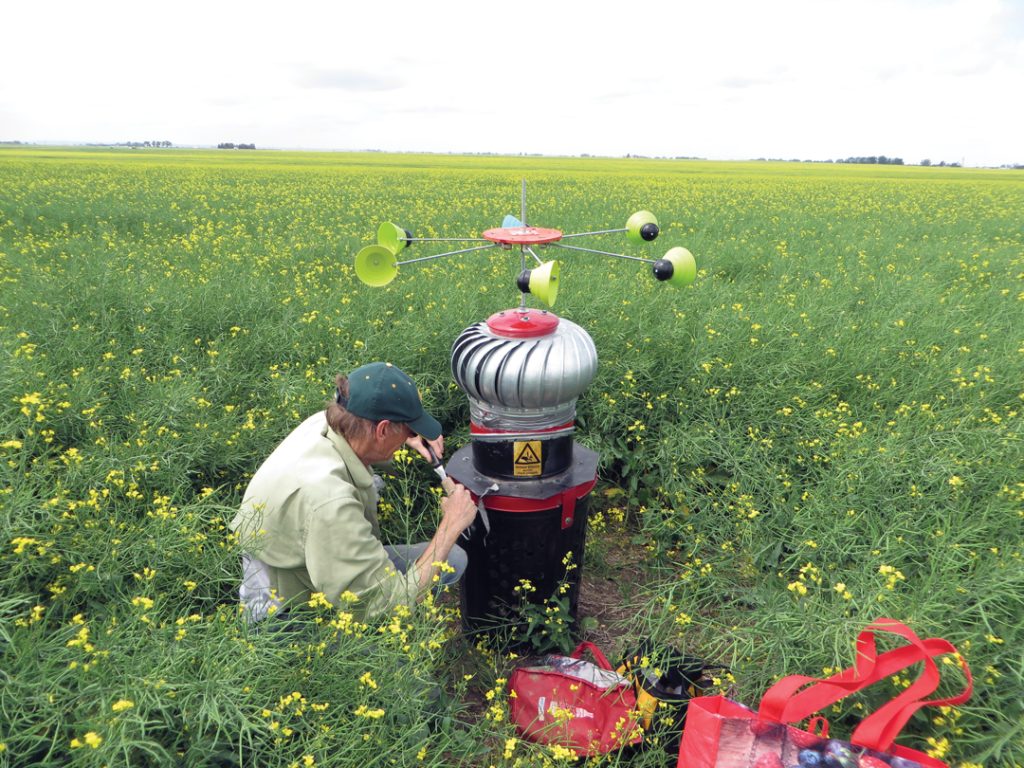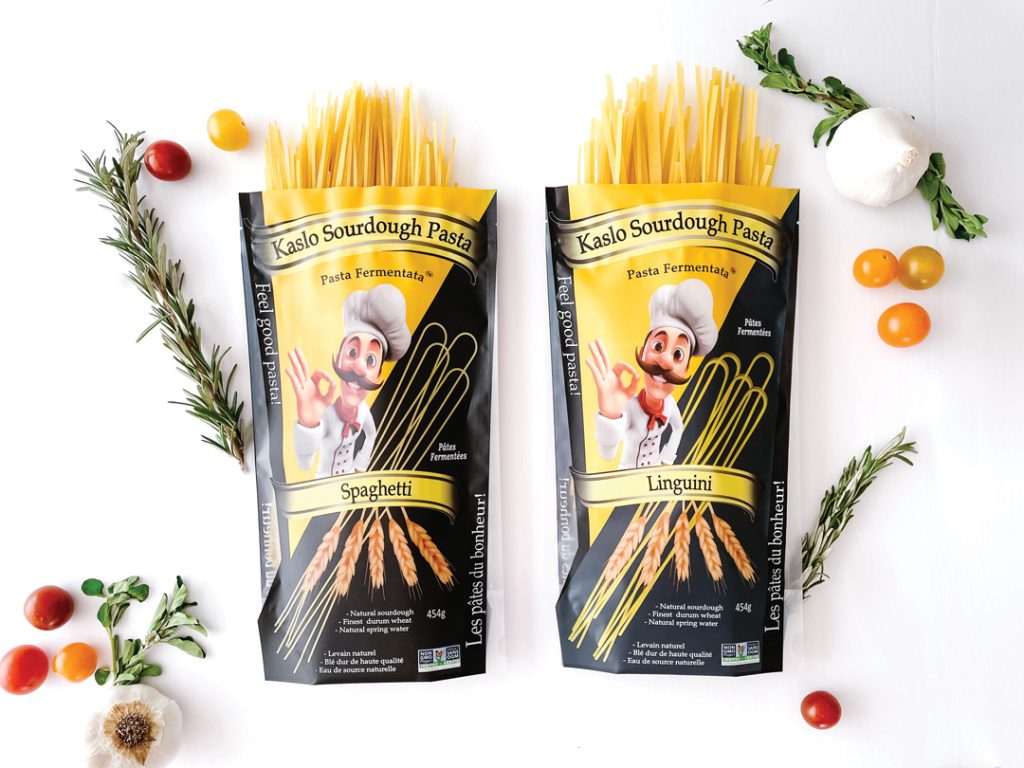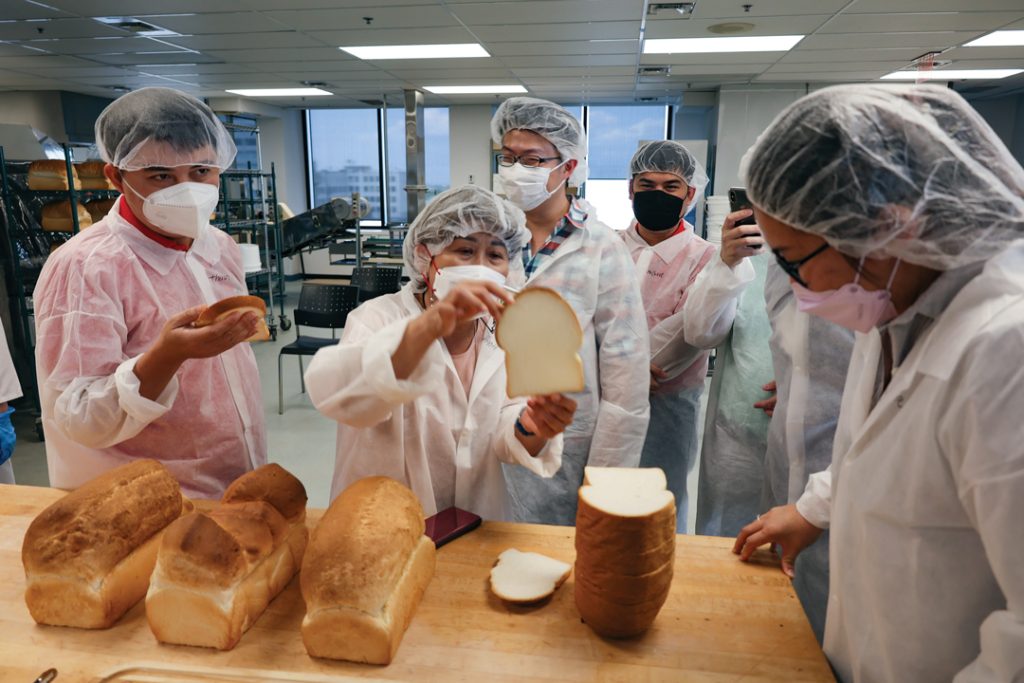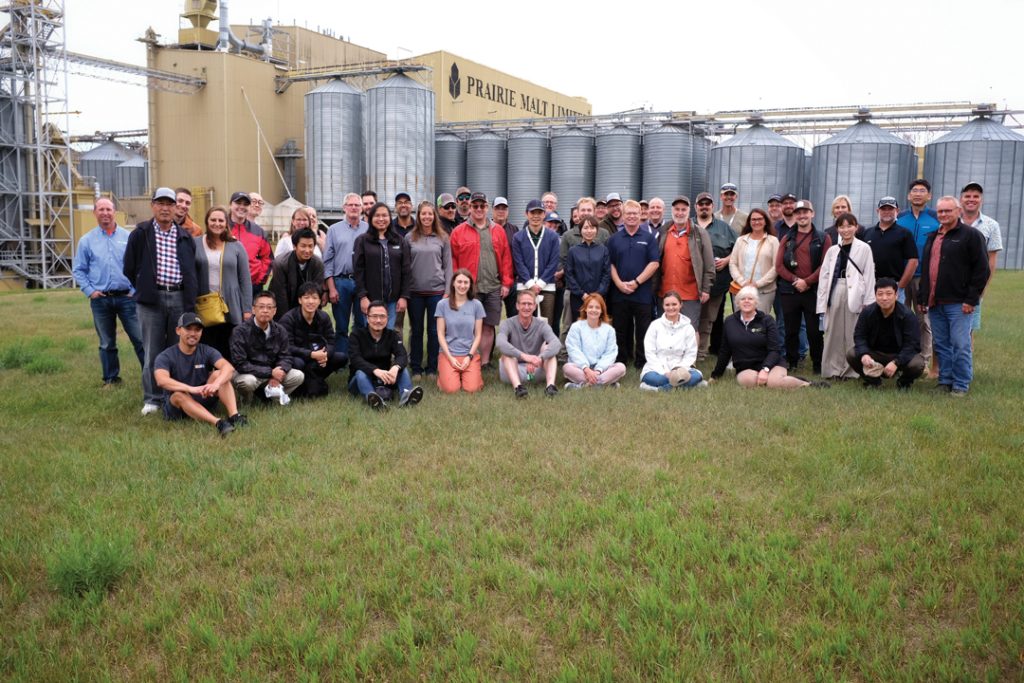POWER SURGE
In an enclosed handling facility at Nature Energy Månsson, a biogas plant in Brande, Denmark, a massive claw hoisted a mixture of manure and straw. The facility works co-operatively with 50 livestock farmers who supply manure for off-gassing. This carefully contained, excremental mess stands in sharp contrast to the plant’s gleaming exterior.




